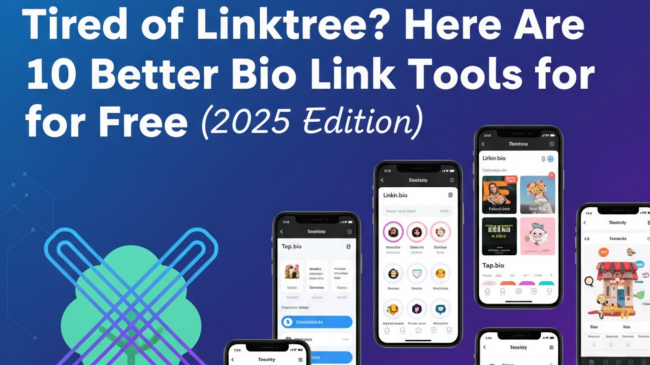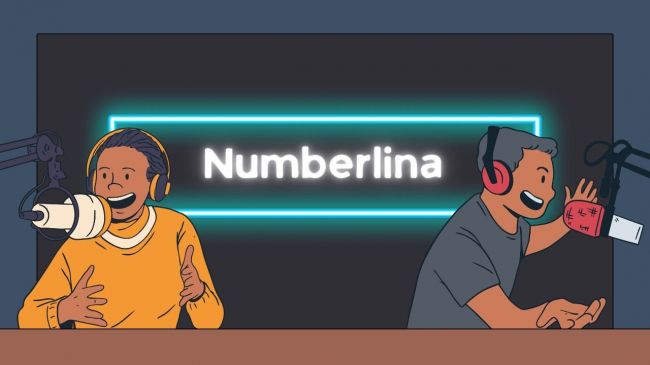Selling a great product once is good, but getting customers to come back regularly without chasing them every time? That’s game-changing. That’s exactly why subscription models are becoming a go-to strategy for small product-based businesses. They build loyalty, create predictable revenue, and simplify planning for both sellers and buyers.
Here’s why the subscription model makes sense and how smaller brands can implement it effectively.
Predictable Revenue Changes Everything
Cash flow is one of the biggest struggles for small businesses. A subscription model smooths that out. Instead of unpredictable one-time purchases, subscriptions create recurring income. That means you can forecast more accurately, invest in stock with more confidence, and plan marketing around real revenue data.
If you're selling items like skincare, supplements, coffee, cleaning supplies, or pet products—anything customers need regularly—you’re sitting on a model perfectly suited for subscription.
In fact, creating sustainable, recurring revenue is one of the pillars of long-term growth. This guide on scaling small businesses highlights exactly why stable cash flow models like subscriptions outperform short-term sales tactics over time.
Customer Retention Beats Customer Acquisition

Getting new customers is expensive. Keeping existing ones is far more efficient and profitable. When someone signs up for a subscription, they’re essentially making a long-term commitment. That commitment gives you the space to build a deeper relationship, learn their preferences, and improve their experience.
Better retention means less reliance on constant promotions and ad spend to keep sales rolling in.
It’s About Convenience, Not Just Cost
Many small business owners assume that only discounted or bulk products will attract subscribers. That’s not true. What drives sign-ups is convenience. Customers want to “set it and forget it.” They don’t want to remember to reorder dog food or toothpaste each month.
When you make people’s lives easier, they reward you with loyalty. Give them flexibility in frequency, the ability to pause or modify orders, and reliable delivery—and you’ll stand out.
Subscriptions Create More Opportunities to Delight
With a recurring relationship, you get to surprise and delight your customers in ways that deepen loyalty. You might add a small bonus item every few months, a handwritten thank-you note, or early access to new products.
These small touches turn a transactional relationship into a brand experience. And when people feel seen and valued, they stay.
You Get More Data, and That’s a Huge Advantage
Each subscription cycle gives you insights. You learn which products are most reordered, when churn tends to happen, and what packaging or offers get the best responses.
Small businesses often don’t have the budget for huge market research projects—but a subscription model builds that feedback loop naturally. You’ll know which promotions work and which ones don’t. Over time, this helps you optimize everything from product development to marketing campaigns.
How to Get Started Without Overcomplicating It
You don’t need custom tech or an enterprise platform to launch a subscription offer. Many ecommerce platforms like Shopify and WooCommerce have plug-ins that let you add subscription options with minimal hassle.
Start with one or two core products that naturally lend themselves to replenishment. Offer a discount or perk (like free shipping) to encourage the first few sign-ups. Keep the offer clear, flexible, and easy to cancel—this builds trust.
Also, don’t be afraid to manually track early subscribers before going all-in. You can test demand, fulfillment challenges, and feedback before automating everything.
Market the Experience, Not Just the Product
If you’re promoting your subscription, focus on the benefit to the customer’s life. Will they save time? Always have what they need on hand? Get something curated and special?
Your messaging should go beyond the product. It should speak to ease, reliability, and emotional rewards. For example: “Never run out of your morning brew again,” or “A little self-care delivered every month.”
Use testimonials from your earliest subscribers to reinforce these benefits.
Leverage Paid Ads to Build Awareness
Paid ads can be a great way to launch or scale your subscription offer—but the approach matters. Instead of promoting a general “Subscribe now” message, create ads that showcase outcomes or offer a limited-time bonus for new subscribers.
If you’re marketing to B2B buyers or niche audiences, LinkedIn ads may be worth exploring. While not as broad as Meta or Google, LinkedIn allows for precise targeting, especially if your product serves a professional niche. According to Campainless, aligning your strategy with proven LinkedIn ads best practices can improve effectiveness. Just be strategic—test different creatives and focus on job title relevance to avoid wasting budget.
Monitor Churn Closely and Act Fast
Getting subscribers is only half the battle. Keeping them is what counts. Monitor when people tend to cancel—after the second shipment? After a price increase? Identify patterns.
Then act. Maybe they need more control over delivery timing. Maybe your packaging needs a refresh. Or maybe a mid-cycle email with usage tips or bonus content could reignite interest.
Don’t treat churn as failure—it’s feedback.
Final Thoughts
For small product-based businesses, subscriptions aren’t just a revenue tactic—they’re a growth model. They allow you to focus more on quality, loyalty, and experience instead of chasing daily sales.
If you build with the customer in mind—offering flexibility, ease, and ongoing value—you’ll not only grow more sustainably, you’ll build a brand that people love coming back to. And as you scale, tools like LinkedIn ads and email automation can help you take that story to a broader, more engaged audience.
Post Comment
Be the first to post comment!





